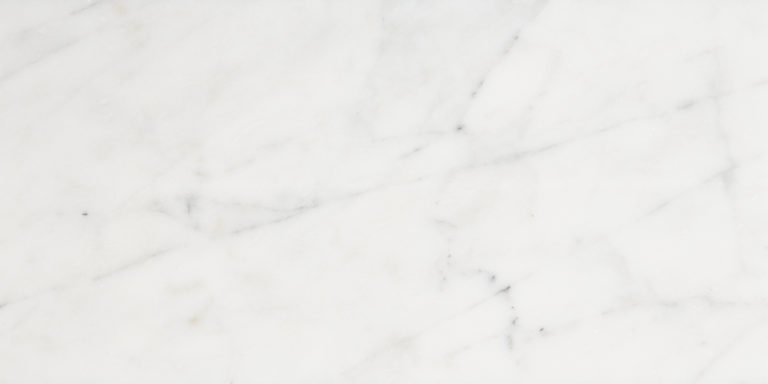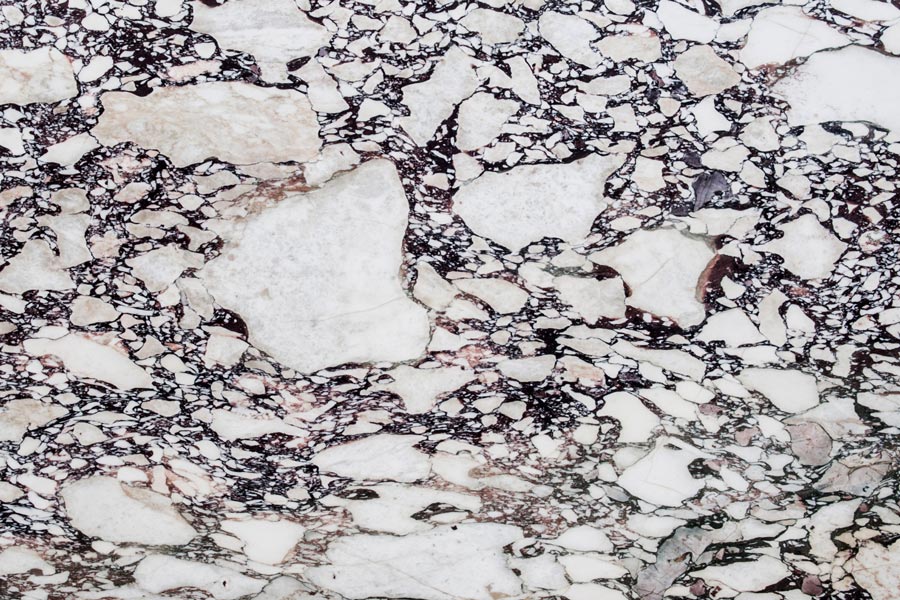Introduction
This EarthCache is based inside the Arndale Centre in the centre of Manchester, a modern building with a colourful history.
The fabric of the building includes a number of decorative and geologically interesting stones, formed millions of years ago - just one of which is the focus of this particular EarthCache.
As with any indoor environment, GPS tends not to work very well so please take note of waypoints / directions provided on this cache page to be sure you arrive at the correct location to complete the logging tasks.
Thank you to Team Microdot for his help with both making this EarthCache and helping get permission for it.
This EarthCache has been kindly given permission by the Arndale Centre.
Marble
Marble is a metamorphic rock, meaning that it used to be another rock. Marble used to be limestone. During Metamorphism, the limestone is subject to high heat and pressure. This results in recrystallization changing the properties of the base material i.e conversion of limestone to marble.
Types of Marble

This marble is very white as it has very few impurities. This is very pure marble.

This marble has more impurities in it. The non-white colours (the blacks/greys) are impurities. As you can see, this is less pure than the 1st image.

As you can see, this marble has a lot more impurities and is a lot less pure.
Carrara Marble
Carrara marble has been popular for use in building and in sculpture since Roman times and has been used in many prestigious buildings and notable statues. In the Arndale Centre, Carrara marble has been used as decorative cladding for structural pillars in several places. The easiest place to find them and access them is on the ground floor by the elevators.
In the particular case of Carrara marble, you can say that the original rock was similar to the present lime soil of the big coral reefs in the tropical oceans. The transformation took place 190 million years ago when big parts of today’s North Tuscany were flooded; lime sediment deposited on the sea bottom and then formed a carboniferous platform.

Later movements in the earth’s crust caused the Carboniferous platform to rise up out of the ocean and form mountain ranges, including the Apennines, where high pressure fundamentally changed the crystalline structure of the rock, turning the limestone into marble.
Breccia
Breccia is a word used to describe rocks composed of large sharp-angled fragments embedded in fine-grained matrix of smaller particles or mineral cement.
In this case, the protolith (the rock which metamorphosed into the marble we see today) was limestone. Some violent event came along (this could be something like an earthquake) which broke the rock up into jagged pieces (brecciated). The spaces in between the rock fragments were later filled in by deposits of silt. Finally this whole assemblage of broken fragments of limestone was metamorphosed to become marble.
Colours in the Marble
When a limestone seabed gets dragged down into the Earth’s crust, the additional heat transforms the calcite and fuses them together tightly. The dynamic action of rock layers as they become buried, twisted and shoved around causes the original flat-lying layers to bend, buckle, and swirl together. This rock doesn't actually melt but gets warm and flexible. Think about it like leaving a chocolate bar in your pocket. This process of heating and warping is responsible for marble’s trademark aesthetic of gracefully flowing bands of colour. The grey swirls in marble are simply specific mineral layers that got folded, smeared, and re-folded into the marble like a ribbon of chocolate infused throughout fudge ripple ice cream.
Mineral Colours
Iron Oxide - Red or Orange
Iron and Feldspar - Pink or Red
Serpentine - Green
Porphyry - Violet
Chlorite - Green
Graphite - Black/Grey
Limonite - Yellow
Muscovite - Specks of silver
Biotite - Specks of black
Lepidolite - Specks of violet
PLEASE SEND ME YOUR ANSWERS ON EITHER MESSAGE CENTRE OR VIA AN EMAIL
1a. Look at the first 3 images. Which rock do you think is at GZ? You can say "Image 1", "Image 2" or "Image 3" to make it easier.
1b. In addition to the obvious calcite minerals (white) what other minerals are present in this marble and what percentage of the rock do they make up in total?
2. Do you think this rock is brecciated or not? Please explain how you've come to this conclusion.
3. In which time period do you think the marble used in the Arndale Centre was formed?
3. Feel free to post an image of yourself at the Arndale or of the Arndale. Please avoid spoilers. (This is optional)